Ford Motor Co. reported third-quarter earnings that beat some analysts’ expectations while falling short in other areas. The company revised its full-year earnings forecast after it took an expected $1 billion charge and to offset the impact of a pricing war on its bottom line.

Ford CEO Jim Farley told employees the company will make some changes to diversity programs but maintain a policy of inclusion.
For the 10th straight quarter, the company beat Wall Street estimates for its revenue, topping last year’s number by 5% at $46.2 billion. The company attributed that to a strong product lineup bringing customers into showrooms.
However, Ford’s net income came in at $900 million, or 22 cents per share, which was down $300 million from the year-ago period. Officials said the decline was due largely to a previously announced $1 billion electric vehicle-related charge that was “part of actions taken to deliver a profitable, capital-efficient and growing electric vehicle business.”
The automaker reported adjusted earnings before interest and taxes, or EBIT, of $2.6 billion, a $352 million improvement year-over-year. The gain is a result of higher sales volume and a favorable vehicle mix. It could have been better, but electric vehicle pricing pressures and adverse exchange rates offset the gains; overall costs were lower in the quarter.
Unhappy investors
Strong revenue and improved EBIT might be cause for a pat on the back given the $1 billion charge; however, Ford’s stock dropped nearly 6% to $10.69 a share in after-market trading. That might be tied to the company’s continued losses in the EV segment.

Ford dominated the hybrid pickup segment, carrying 77% of the market. The Maverick hybrid helping to lead the way.
Despite cutting $500 million in costs from its Model e business unit, which handles its electric vehicle development and production, the unit still lost $1.2 billion during the quarter. The company’s Ford Blue unit, the traditional internal combustion vehicle unit, made $1.6 billion and its Ford Pro business unit reported a $1.8 billion profit.
Losing money on EVs isn’t news, but the company revising its full-year earnings guidance downward is, and it played a role in the drop of its stock price after hours — despite the company’s explanation.
“No doubt, there’s a global price war, and it’s fueled by over-capacity, a flood of new EV nameplates and massive compliance pressure,” CEO Jim Farley said during the call with analysts.
Ford now expects adjusted EBIT of about $10 billion, which is down from its prior range of $10 billion to $12 billion. It’s adjusted free cash flow between $7.5 billion and $8.5 billion remains unchanged. Capital expenditures are expected to be between $8 billion to $8.5 billion, down slightly from the $8 billion to $9 billion range previously forecast.
Full-year EBIT for Ford Pro is now expected to be about $9 billion, Ford Blue about $5 billion, and Model e a full-year loss of about $5 billion. Earnings before taxes from Ford Credit are now expected to be about $1.6 billion.
More Ford Stories
- First Look: 2025 Ford Expedition — More Rugged, More Tech and a New Split Gate
- Ford Powers Promise of EVs by Offering Free Home Chargers
- Ford Sets up EV Skunkworks Program
Nice surprises

Ford Pro continues to contribute to the company’s bottom line, securing $1.8 billion in EBIT, according ot the company’s Q3 earning report.
Perhaps the nicest surprise in the report is the positive numbers put up by the company’s Ford Pro unit. The company noted the unit generated $1.8 billion in EBIT on revenue of $15.7 billion, which was up 13% from last year. However, it’s the 11.6% margin that makes some stand up and take notice.
The unit’s delivery of year-over-year revenue growth was driven by “a fresh product lineup” and strong demand for Super Duty trucks and Transit vans.
Notably, paid subscriptions to Ford Pro Intelligence were up 30% in the quarter to nearly 630,000 — and repair orders fulfilled by the company’s fleet of about 2,400 mobile service vehicles grew by 70%, underscoring the huge customer demand for digital and remote experiences.
In addition to the business-oriented unit continuing to add to the bottom line, the company noted its hybrid sales worldwide were up 30% during Q3. Ford’s hybrid mix remains on pace to approach 9% by the end of the year, up over 2 points over last year.
The company continues to dominate the hybrid truck market, holding 77% of the U.S. hybrid truck market during the quarter, with hybrid truck sales up 42% in the third quarter.

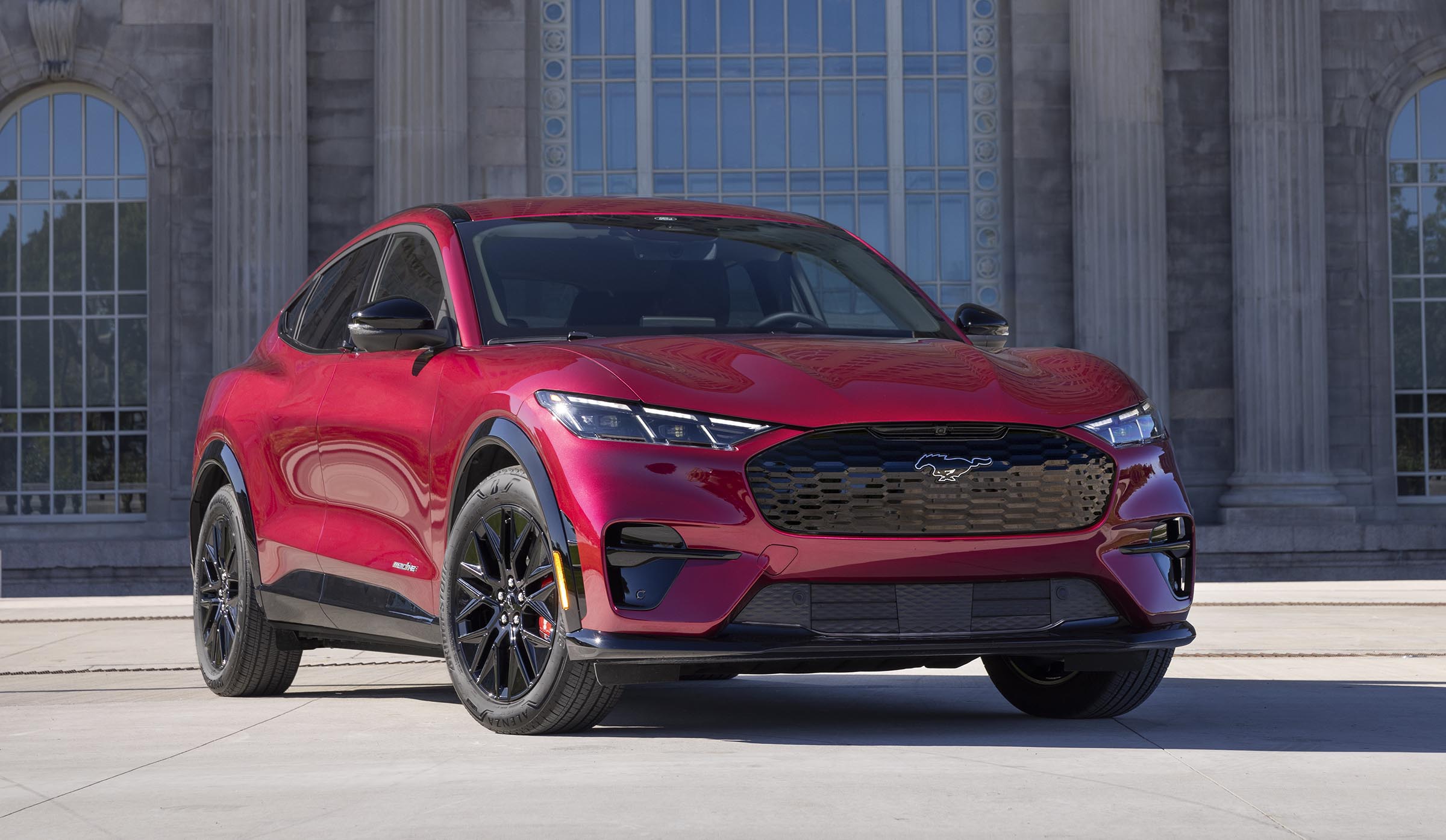
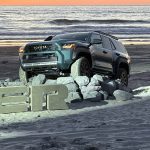
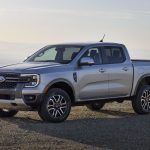

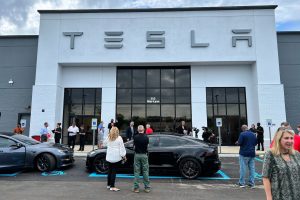

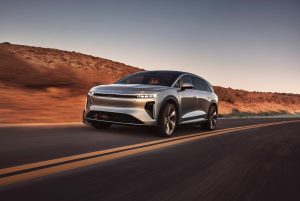
0 Comments